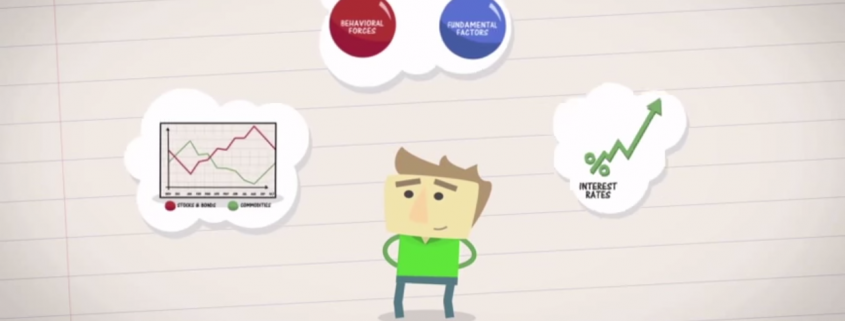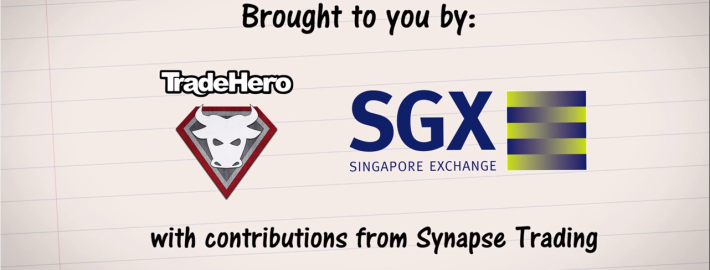We’ve seen how the markets move in cycles but what are the factors that govern those movements? It’s many things but they can be grouped into two main categories: fundamental factors like monetary, policy, balance of trade and unemployment, and behavioral forces like how people respond to these policies. These two factors are always playing off each other in a series of actions and reactions like a cause and effect loop.
Now, as an investor, the key is to focus on the sequence of events in the business cycle and identify clues to determine what’s coming next. In general, the market goes through two phases: expansion which is generally good and contraction which is generally bad.
During the early stages of expansion, the recovery is driven primarily by fundamental factors as economies expand, and trade and employment picks up. Central banks usually tighten their policies to keep inflation down which is good for stocks and bonds, but not so good for commodities. These fundamentals lead to a rise in stock prices which only encourage more people to jump into the market. It’s good at first but as this greed and exuberance spreads, stock prices eventually outpace their actual value.
This leads to inflation, which is marked by an increase in commodity prices to counteract these behavioral forces. Central banks usually step in and increase interest rates, which help curb the money supply and decrease inflation. This action signals that the expansion is ending and stocks will soon be on the decline, but it also means that commodity related products will be going up. If you’re aware of these signals, you’ll know that this is a good time to switch from stocks to commodities.
Then during the recession that follows, behavioral forces will become stronger than ever, as more people realize that the stock market is declining. Fear and panic will spread, forcing even more to sell off their shares during these periods savvy investors will reduce their stock portfolios and wait for the market to turn around which they will because eventually central banks will step in and cut interest rates to increase the money supply. These fundamental drivers will lead to a rise in stock prices making it the perfect time to jump back in the market and that starts the cycle all over again.
Now as an investor, it’s important to recognize these signals and never lose sight of the bigger picture. It’s like Warren Buffett once said, be fearful when others are greedy and greedy when others are fearful. So, keep an eye on the fundamental and behavioral factors that move the market and always stay one step ahead of the game.
Spencer is an avid globetrotter who achieved financial freedom in his 20s, while trading & teaching across 70+ countries. As a former professional trader in private equity and proprietary funds, he has over 15 years of market experience, and has been featured on more than 20 occasions in the media.






